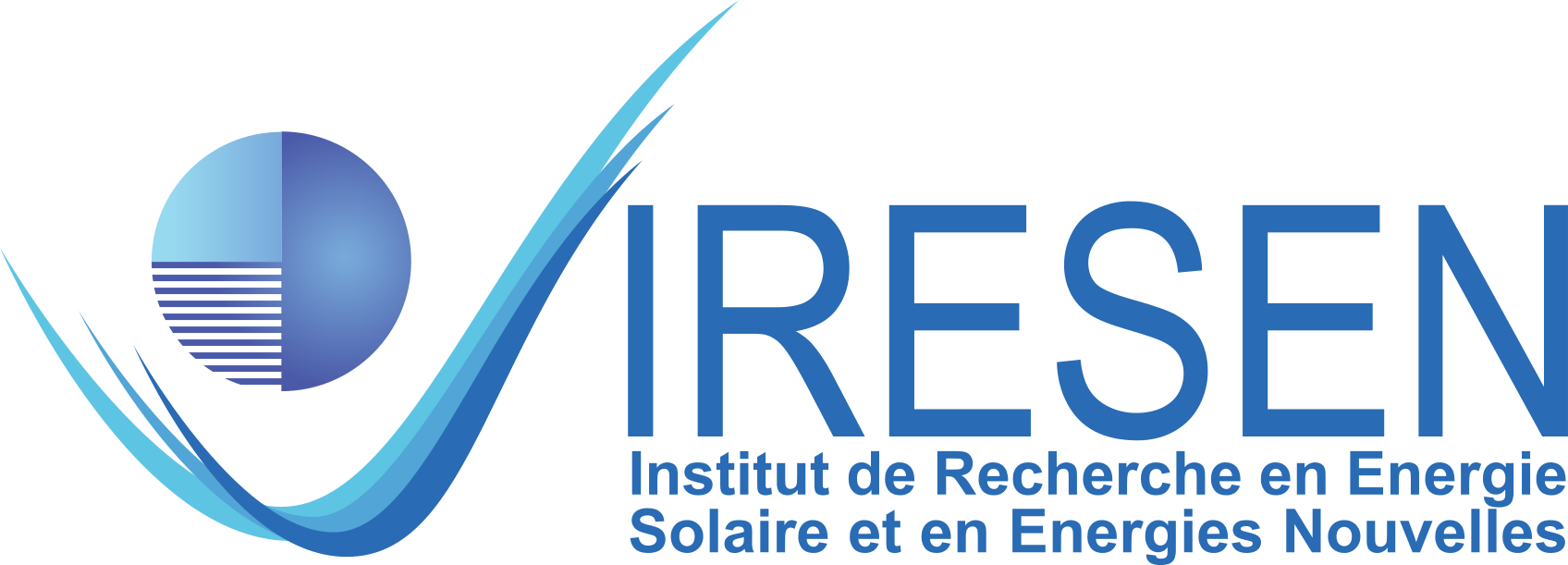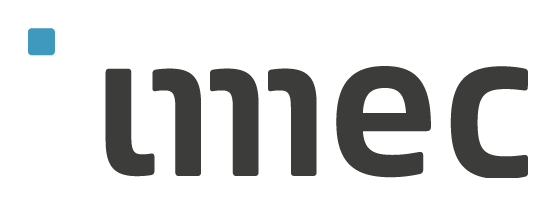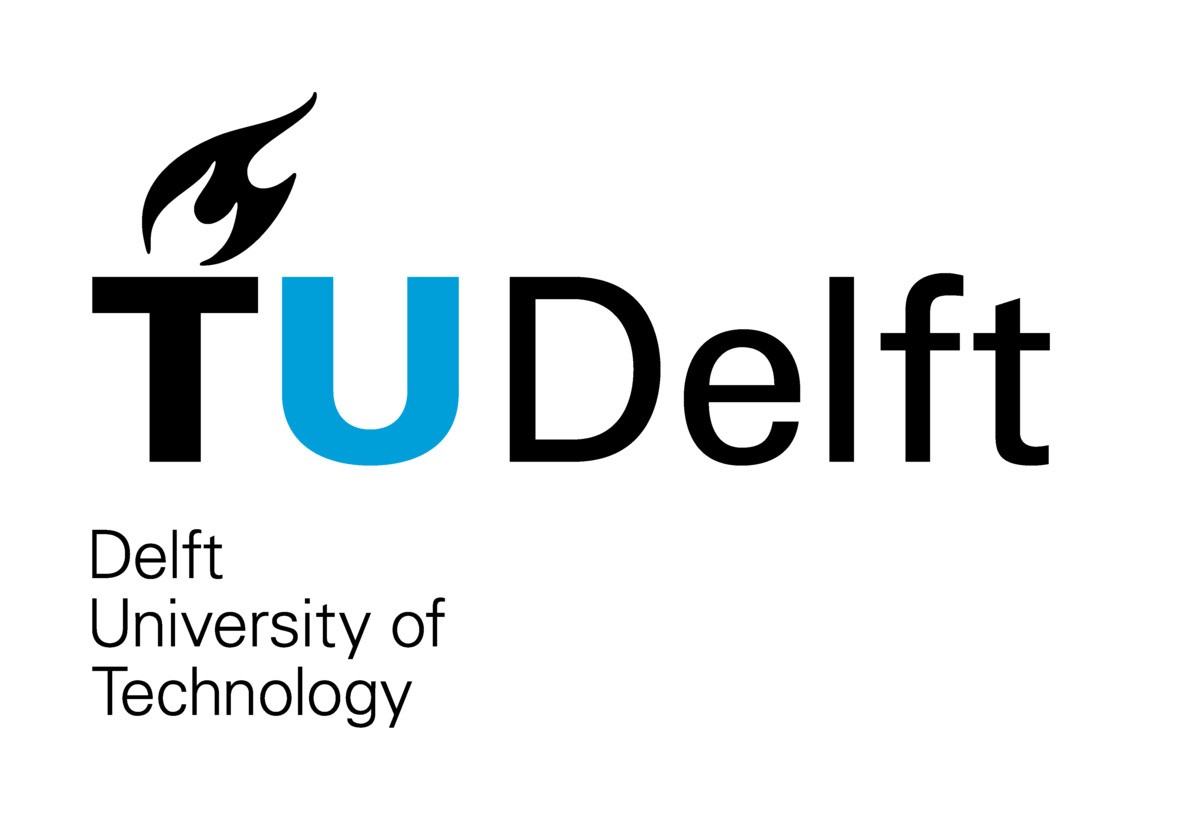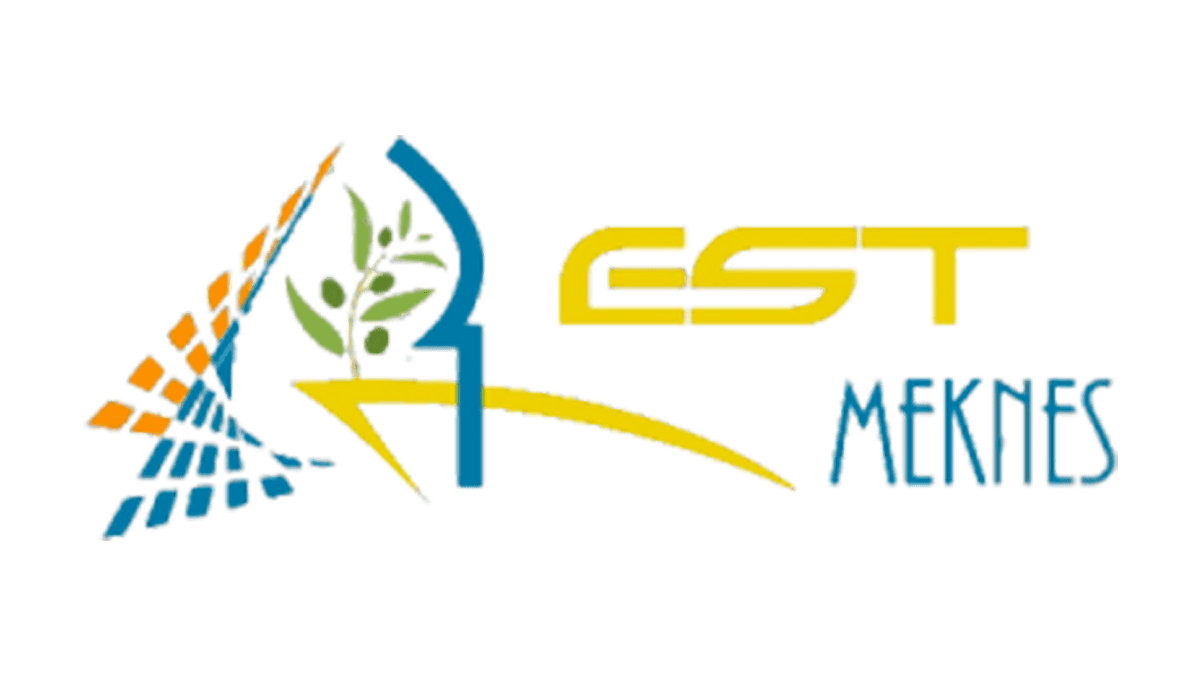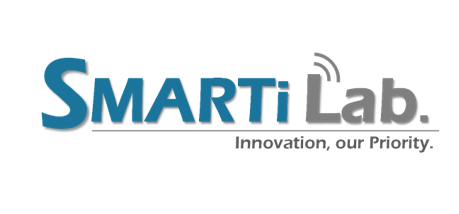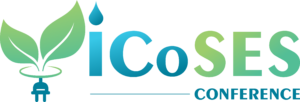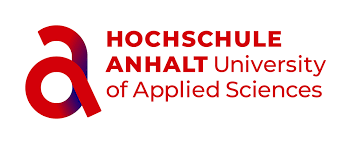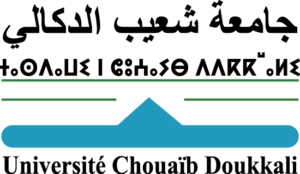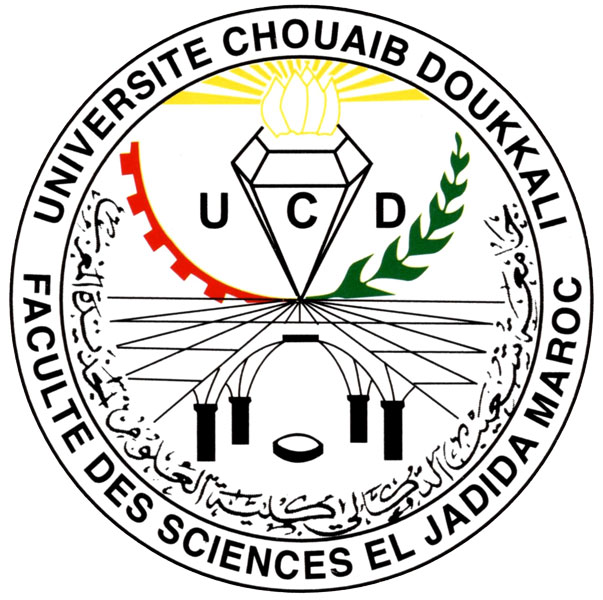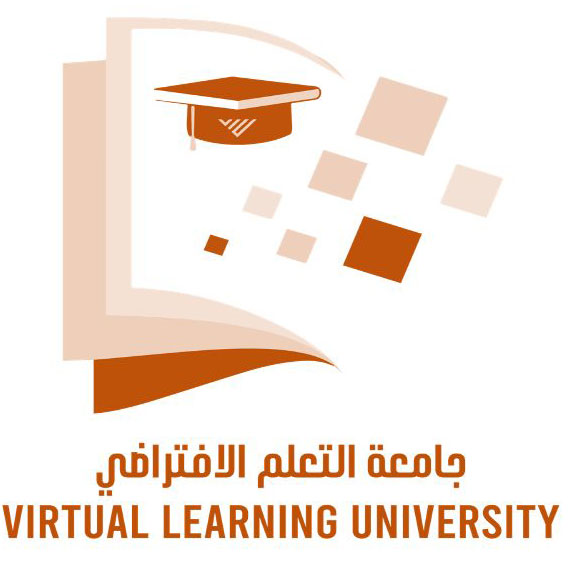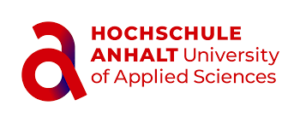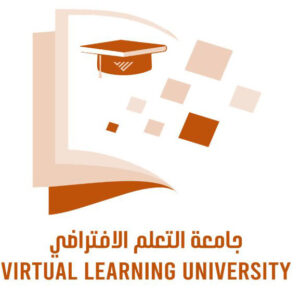Welcome message
Dear Respectful Academicians, Researchers, graduate students
On behalf of the chairmen and organizing Committee of the 1st International Conference on Sustainable Energy Systems – Online/Remote Edition), and as the General Chair of this 1st International Conference -2025, we cordially invite you to participate and discuss the latest achievements in the advanced field of Sustainable Energy Systems, and related Technological Advancement in the Engineering.
We are confident that this 1st Remote Edition -2025 will be a platform to the participants from industries and academic institutions to share their thoughts and views, bring new ideas and concepts in good agreement with energy transition in our country. Such event is necessary for graduate students to follow up the latest developments in the key areas of Renewable and Sustainable Energy and to establish scientific networks for research collaborations.
We hope that you will be on-line, and you could stimulate a creative exchange of ideas. With your participation, we are willing to make this 1st International Conference -2025, a great success.
Please stay safe, healthy. Thanking you, we remain.
Sincerely,
Prof. Ahmed ENNAOUI on behalf of organizing committee
Conference Themes
PV Technology
PV Technology
1.2: PV Systems Engineering
1.3: PV Module Durability and Reliability
1.4: Innovative PV Applications
1.5: PV in the Energy Transition

CSP Technology
CSP Technology
2.2: CSP Integration and Market Dynamics
2.3: Thermal Energy Processes and Applications
2.4: Thermal Energy Storage and Management
2.5: Operational Efficiency and Reliability
Water-Energy-Food Nexus
Water-Energy...
3.2: Integrated and Sustainable Water Management
3.3: Agri-Food Value Chain
3.4: Water, Energy, Food, and Ecosystems
3.5: Agriculture Policy and Global Challenges
Electric Mobility & Smart Grid
Electric Mobility...
4.2: Smart Grid Integration and Management
4.3: Vehicle Technologies and Innovations
4.4: Data Analytics and Smart Mobility Services
4.5: Policy and Regulatory Frameworks
Hydrogen
Hydrogen
5.2: Hydrogen Storage and Distribution
5.3: Hydrogen Uses and Applications
5.4: Hydrogen Infrastructure Development
5.5: Scenarios for Hydrogen Sector Development, Policy, Global Challenges
Batteries and Energy Storage Systems
Batteries and Energy Storage Systems
6.2: Energy Storage Solutions for Renewable Integration
6.3: Battery Management Systems (BMS)
6.4: Recycling and Sustainability of Battery Materials
6.5: Future Trends in Energy Storage
IMPORTANT DATES
About the conference
This “ON-LINE” edition of the International Conference on sustainable energy systems is the first one, and provides a forum for leading scientists, engineers and technology experts from across the international energy value chain to showcase the state-of-the-art innovations that enable Morocco to successfully transition to a low carbon Energy Systems, and related Technological Advancement in the Engineering. The conference topics includes the latest achievements in the advanced field of Sustainable Energy Systems, and related Technological Advancement in the Engineering. The program consists of invited speakers and, selected Oral and Poster, meanwhile, a workshop on The Impact of Soiling on PV Module Performance is presented by Prof. Leonardo Micheli from Sapienza University of Rome, Italy. A tutorial on First-principles investigations of 2D materials for energy solution moderated by Prof. Abdelilah Benyoussef, permanent member of Hassan II Academy of Sciences and Technology, Rabat, Morocco, another tutorial on Advanced Photoelectrochemical production of green hydrogen focusing on Fundamental and Experimental Guidelines will be presented by Prof. Ahmed Ennaoui, President of the scientific council of IRESEN.

MOROCCO
Solar plan – Although 95% of Morocco’s energy supply is based on imported coal, gas and oil, the country has set clear political priorities for the decarbonisation of its economy. An ambitious target was set by the country’s highest authorities in 2009: By 2030, more than 52% of total electricity capacity is to come from renewable energy. The world’s largest concentrated solar power plant, Noor, has already been built in Ouarzazate, and more solar power plants are in the works to meet the country’s energy needs. All of these large-scale projects are well documented and are being implemented by the Moroccan Agency for Solar Energy (MASEN), a central player committed to making optimal use of renewable resources in Morocco (https://en.wikipedia.org/wiki/Moroccan_Agency_for_Sustainable_Energy ).
Recently, the Minister for Energy Transition and Sustainable Development, Her Excellency Leila Benali, gave a speech at the World Power-to-X Summit 2024 in Marrakech on the topic of “Morocco’s Grid Investment Program: Building a Modern Electricity Grid for the Atlantic Corridor”, in which she appealed to public and private stakeholders to commit to a successful energy transition. The government has prioritized the introduction of renewable energies by improving the legal and regulatory framework.
Geography – Morocco close to Europe, both on the Mediterranean and Atlantic coasts and in the south on the Moroccan Sahara. This offers enormous potential for solar and wind energy and facilitates trade with Europe. Furthemore, Morocco has launched a number of concrete projects to decarbonize Moroccan industry using green hydrogen based on water electrolysis, as well as seawater desalination projects to provide access to drinking water. During the last visit of the French President, several green economy projects were signed with France.
Renewable resources – We must bear in mind that the solar and wind resources in Morocco are very favorable for investment in renewable energies, with particular interest in green hydrogen. The global horizontal insolation (GHI) is more than 2200 kWh per square meter per year. The sun shines for over 3,000 hours per year, and up to 3,600 hours in the Moroccan desert regions. The country benefits from wind resources (3,500 km along the north and south coasts). These favorable renewable resources make Morocco a world leader in the industrial production, domestic consumption and export of renewable electricity, hydrogen and ammonia.
Culture – The country’s culture and the rich diversity of moroccan folks are the result of several dynasties. Thank to the current royal family Alawi dynasty and the constitutional monarchy, led by King Mohamed VI, who came to the throne in 1999 and ensures that all cultures coexist: Arabs, Amazigh, nomads. The Kingdom of Morocco is thus an incomparable cultural treasure, an oasis of peace. In addition, the strong Andalusian influence on the one hand and the African influence on the other have enabled Moroccans to open up to other religions and African cultures, giving rise to a great diversity of royal cities with different architecture, music and cuisine in different parts of the country. There are mosques, of course, but also churches and synagogues.
Principal sponsors



TECHNICAL SPONSORS
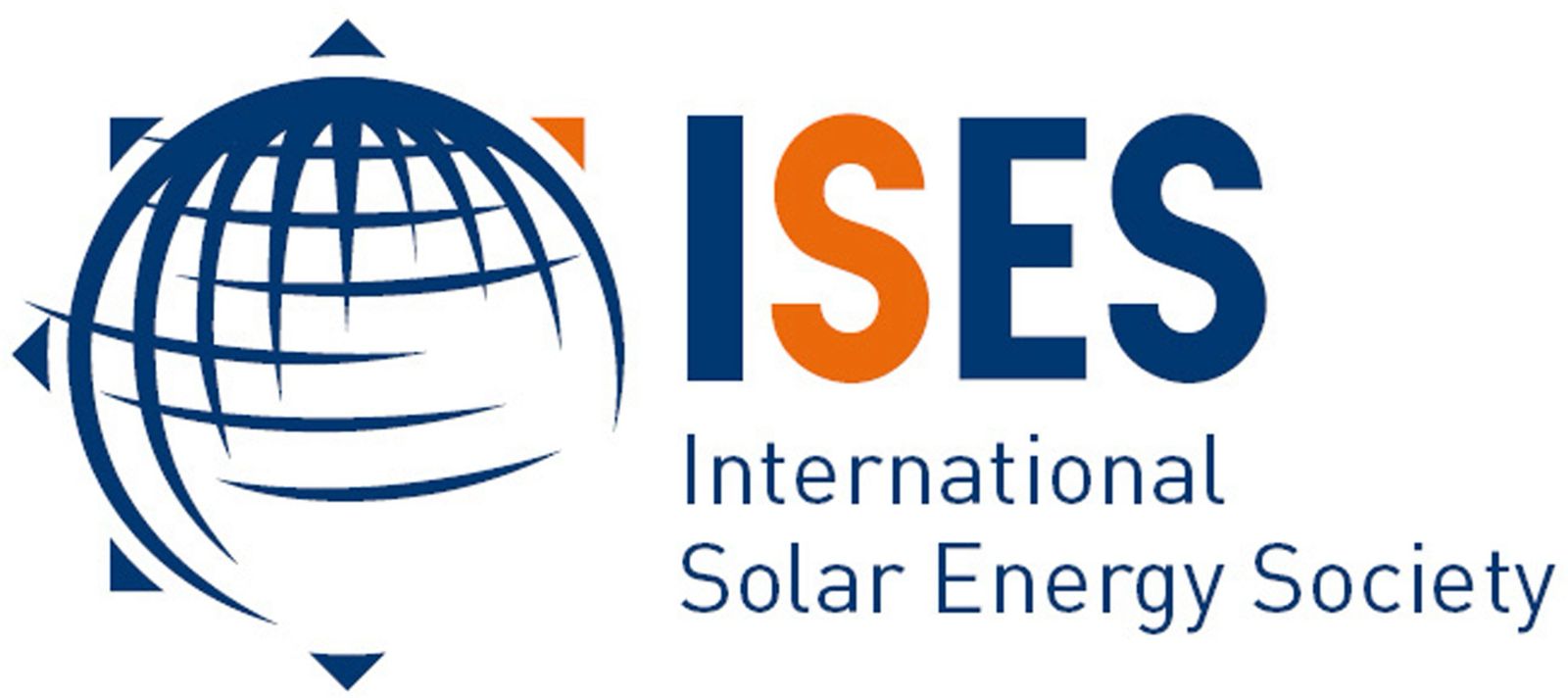
Technical PartnerS

